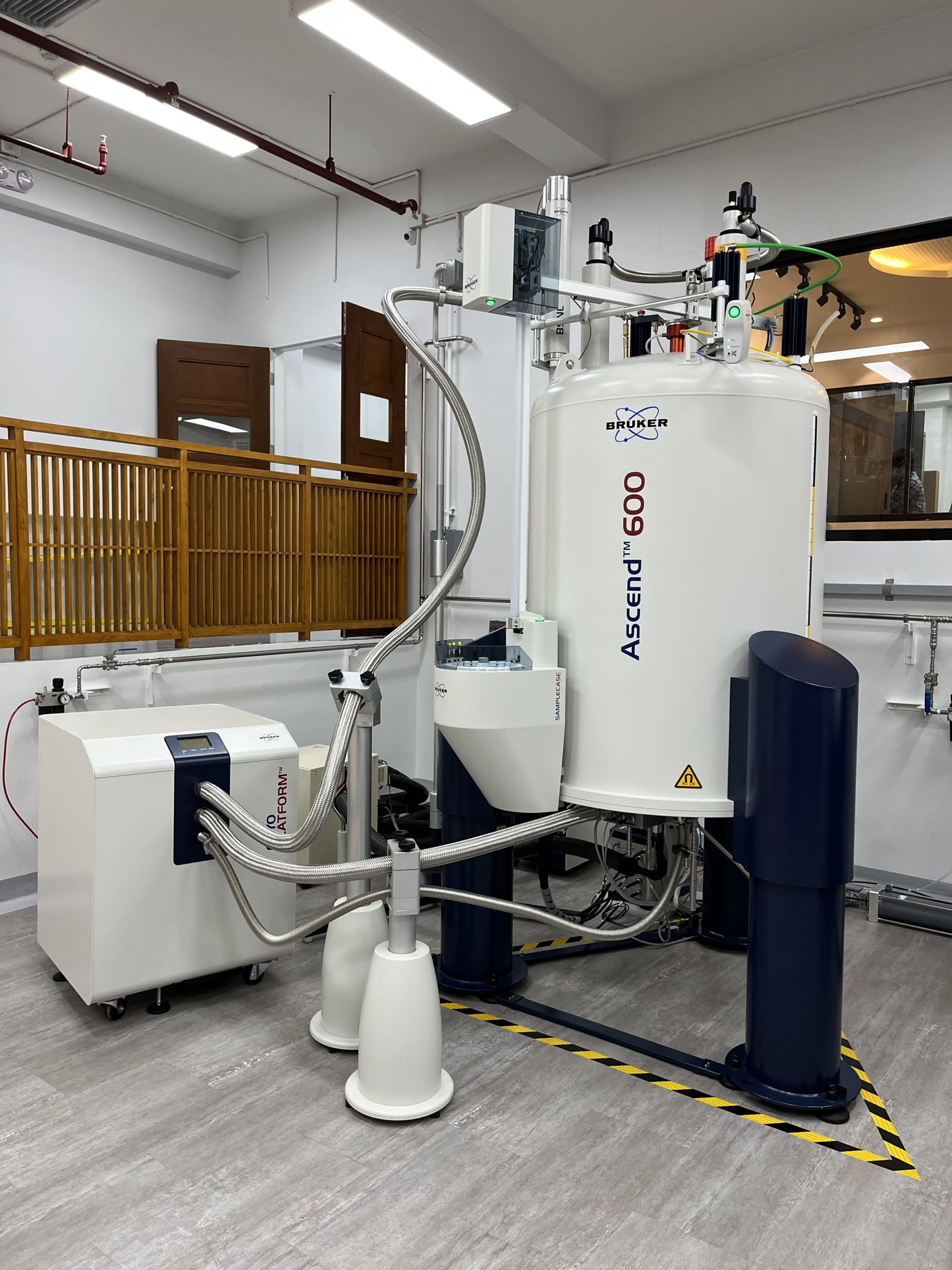
15 Oct Influencing Extensive Metabolomics Research
Nuclear magnetic resonance (NMR) spectroscopy is a very powerful and precise analytical tool used to determine the structure of compounds, as well as to detect and quantify protein-ligand interactions that provides insights into molecular structures and affinity. The technology’s exceptional sensitivity and robustness enables it to detect even weak intermolecular interactions in solution phase, making it an invaluable tool in drug discovery and development. The analytical process does not require extensive optimizations, as the only prerequisite for NMR experiment to proceed (for structure determination or binding strength measurement) is the solubility of the target protein and/or the small molecule (ligand) in a selected solvent, making it an easily accessible technique.
Indeed, Bruker provides the world’s most accessible and easy-to-operate suite of NMR systems. With its user-focused technology, NMR confidence can be seamlessly and affordably integrated into laboratory workflows without compromising performance. Through Bruker’s partnership with Molave Trading Inc. and the University of San Agustin (USA), natural drug discovery reaches new heights in the country upon the installation of the Bruker Ascend 600 MHz Cryoprobe NMR Spectrometer in USA’s Magnetic Resonance Facility in Iloilo City. This milestone set a new standard as the first and only of its kind in the Philippines, and the 4th country in the ASEAN region.
In fact, the Bruker cryoprobe NMR spectrometer was extremely instrumental when a team of scientists from the University of San Agustin made a significant scientific breakthrough last February 21, 2023. They published the discovery of a new bacterial species from the Tubbataha Reefs Natural Park, a UNESCO World Heritage Site in Sulu Sea, which produces natural compounds with antibiotic and anticancer properties. NMR was one of the primary tools utilized to profile and confirm the structure of rare chlorine-containing compounds from this novel bacterial strain. The study was published in the journal Microbiology Spectrum from the American Society for Microbiology. Truly, a highlight of Filipino research excellence!



No Comments